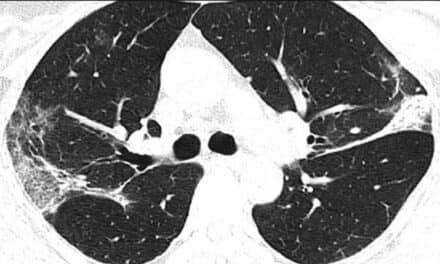 The American College of Radiology has released new breast density reporting categories for the latest edition of its Breast Imaging-Reporting and Data System (BI-RADS) Atlas. According to Volpara Solutions, manufacturer of the VolparaDensity software, the fifth edition represents a step forward for women with dense breasts given its strong emphasis on volumetric assessment.
The American College of Radiology has released new breast density reporting categories for the latest edition of its Breast Imaging-Reporting and Data System (BI-RADS) Atlas. According to Volpara Solutions, manufacturer of the VolparaDensity software, the fifth edition represents a step forward for women with dense breasts given its strong emphasis on volumetric assessment.
The new breast composition categories are:
- The breasts are almost entirely fatty.
- The breasts have scattered areas of fibroglandular density.
- The breasts are heterogeneously dense, which may obscure small masses.
- The breasts are extremely dense, which lowers the sensitivity of mammography.
“We commend the ACR for proactively working to improve breast density assessment, which is critical to the identification of women who may benefit from supplemental imaging to improve the early detection of cancer— first, through the repeated assertion that breast composition measurement is about the volume of attenuating tissue in the breast, and second, by removing the old area-based percentage thresholds which have been proven to be subjective and imprecise,” said Ralph Highnam, CEO of Volpara Solutions. “Not only does this help clarify what breast density assessment should be, but the fifth edition also helps distinguish density from other BI-RADs assessments.”
Studies have estimated that using mammography alone misses 35 to 50% of breast cancers. Women with dense breasts are disproportionately impacted since their cancers are masked by fibroglandular tissue.
For more information, visit ACR and Volpara Solutions.






